特惠-26考研冲刺
特惠-27考研课
双证-在职硕士
免联考-同等学力
26考研-肖八笔记
26考研-时政刷题
26考研-作文押题
26考研-全套真题
26考研-提前估分
保研-路线图
27考研-智能择校
27考研-英语测评
27考研-新大纲对比
热门-计算机择校
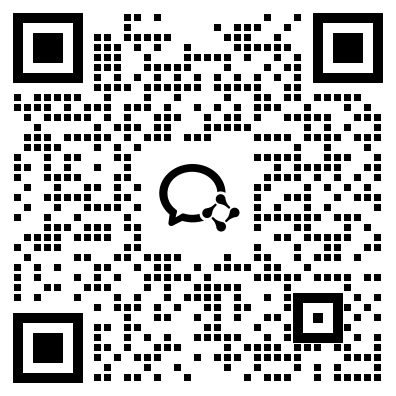
扫码加入训练营
牢记核心词
学习得礼盒
Related articles ( Within JCIM )
1. Principles for English translation of the terms in traditional Chinese medicine. 2004, 2(6)
2. Addition of words in English-Chinese translation for traditional Chinese medicine. 2004, 2(6)
3. Discrimination of for ms and meanings of the characters in translating ancient books of traditional Chinese medicine into English. 2004, 2(6)
4. Discrimination and interpretation of errors of statistical expression and description in medical dissertations. 2007, 5(3)
5. Sentence structure in English translation of traditional Chinese medicine. 2007, 5(3)
6. Brief comments on the English translation of a drug direction. 2007, 5(3)
7. Metabonomic technique and prospect of its application in integrated traditional Chinese and Western medicine research. 2007, 5(4)
8. Discrimination and interpretation of errors in statistical analysis of quantitative data in medical papers. 2007, 5(4)
9. Experience in translating the book entitled Chen's Ideas on Medicine. 2007, 5(4)
10. Discrimination and interpretation of errors in statistical analysis of qualitative data in medical papers. 2007, 5(5)
11. Self-criticism on the English translation of traditional Chinese medicine. 2007, 5(5)
12. Discrimination and interpretation of errors of experimental designs in medical papers. 2007, 5(6)
13. Transliteration in English translation of traditional Chinese medicine. 2007, 5(6)
14. English translation of the term "shu" in traditional Chinese medicine. 2007, 5(6)
15. Discrimination of errors in statistical analysis of medical papers published in the first issue of 2006 in Journal of Chinese Integrative Medicine. 2008, 6(1)
16. Discussion on English translation of commonly used sentences in traditional Chinese medicine: part one. 2008, 6(1)
17. How to use t-test correctly. 2008, 6(2)
18. Discussion on English translation of commonly used sentences in traditional Chinese medicine: part two. 2008, 6(2)
19. Research on translation of traditional Chinese medicine: a literature survey. 2008, 6(2)
20. How to use one-way analysis of variance correctly. 2008, 6(3)
21. Discussion on English translation of commonly used sentences in traditional Chinese medicine: part three. 2008, 6(3)
22. How to process quantitative data with design of two factors with inestimable interaction correctly. 2008, 6(4)
23. Discussion on English translation of commonly used sentences in traditional Chinese medicine: part four. 2008, 6(4)
24. Necessity of both "domestication" version and "alienation" version during the process of English translation of traditional Chinese medicine. 2008, 6(4)
25. How to correctly process quantitative data with design of three or four factors with inestimable interaction. 2008, 6(5)
26. Discussion on English translation of commonly used sentences in traditional Chinese medicine: part five. 2008, 6(5)
27. Traditional Chinese medicine in prevention and treatment of liver cancer: function, status and existed problems. 2003, 1(3)
28. Restoring the harmony and order of the body: treatment of cancer patients according to syndrome differentiation. 2003, 1(3)
29. Why to research English translation of traditional Chinese medicine. 2003, 1(3)
30. Treatment of temporomandibular joint disorder by traditional Chinese medicine. 2003, 1(4)
31. Experience of Professor LI Guo-Heng in treating degenerative osteoarthrosis of k nee joint. 2003, 1(4)
32. History and development of spinology. 2003, 1(4)
33. Thinking and method of traditional Chinese medicine translator in early period. 2003, 1(4)
34. Effect of Tuina on rehabilitation of physical strength for football sportswomen. 2003, 1(4)
35. Effects of language and translation on spreading of traditional Chinese medicine to the West. 2004, 2(1)
36. Characteristics of English translation of traditional Chinese medicine. 2004, 2(2)
37. Relationship between glucocorticoid receptor and deficiency-syndrome and the regulation of traditional Chinese medicine. 2004, 2(3)
38. Re-discussion on the translating principles of traditional Chinese medicine. 2004, 2(3)
39. Exploring into the principles of Chinese-English translation of traditional Chinese medicine. 2004, 2(3)
40. Program on international standardization of traditional Chinese medicine nomenclature has been started. 2005, 3(1)
41. Ways to translate linkage formation and zeugma in English for traditional Chinese medicine. 2005, 3(1)
42. Methods of English translation for Huangdi Neijing. 2005, 3(2)
43. Ways to translate sentences with no subject in English for traditional Chinese medicine. 2005, 3(2)
44. Pondering the standardization of basic terms in traditional Chinese medicine. 2005, 3(2)
45. Succession and innovation of Chinese traditional surgery: a perspective on the history. 2005, 3(3)
46. Challenges and opportunities for the development of Chinese traditional surgery. 2005, 3(3)
47. On truthfulness in light of the English translation of the nomenclature of traditional Chinese medicine. 2005, 3(3)
48. Words expressing category in Chinese-English translation of traditional Chinese medicine. 2005, 3(3)
49. Disposal of dittograph and repeated structure in Chinese-English translation for traditional Chinese medicine. 2005, 3(4)
50. On English translation of the nomenclature of integrated traditional Chinese and Western medicine. 2005, 3(4)
51. Historical change of the meaning of words and its influence on the translation of traditional Chinese medicine. 2005, 3(5)
52. The conversion and the similarities and differences of Chinese and English punctuation in English translation for traditional Chinese medicine. 2005, 3(5)
53. Discussion on English translation of traditional Chinese medicine. 2005, 3(5)
54. Experience in clinical practice of doctrines in Huangdi Neijing: Part 1. 2005, 3(6)
55. On hypotaxis and parataxis in English translation of traditional Chinese medicine. 2005, 3(6)
56. Brief discussion on English translation of the term "five elements" in traditional Chinese medicine. 2005, 3(6)
57. Methodological quality assessment of clinical trials in traditional Chinese medicine: the principles of evidence-based medicine. 2006, 4(1)
58. Experience in clinical practice of doctrines in Huangdi Neijing: Part 2. 2006, 4(1)
59. Application of primary culture technique to traditional Chinese medicine research. 2006, 4(1)
60. On methodology in English translation of traditional Chinese medicine. 2006, 4(1)
61. Definition criteria for subject of English translation of traditional Chinese medicine. 2006, 4(1)
62. Pondering the problems and development of English translation for traditional Chinese medicine. 2006, 4(1)
63. Philosophical pondering upon merging traditional Chinese medicine into systemic medicine. 2006, 4(2)
64. Changeable and unchangeable factors in translation of traditional Chinese medicine: variability of context and meaning. 2006, 4(2)
65. Personal idea on English translation of traditional Chinese medicine: theory and practice. 2006, 3(3)
66. Briefly on the limitations of English translation of traditional Chinese medicine. 2006, 4(4)
67. Principles and methods of English translation for Huangdi Neijing. 2004, 2(5)
68. Comments on some issues concerning the English translation of traditional Chinese medicine. 2006, 4(5)
69. Review and reflection on history of English translation of traditional Chinese medicine. 2006, 4(5)
70. Disposal of appositive structure in English-Chinese translation for traditional Chinese medicine. 2004, 2(5)
71. On some issues concerning the translation and standardization of traditional Chinese medicine terminology. 2006, 4(6)
72. A brief analysis of English translation of the book title of Shanghan Zabing Lun. 2006, 4(6)
73. Understanding the nature of translation through a comparison between the English version and the original Chinese of Forward to English Translation of Yellow Emperor's Canon of Medicine. 2007, 5(1)
74. Thinking on English translation of traditional Chinese Medicine. 2007, 5(2)
75. Acqie rement for researchers of English translation of traditional Chinese medicine. 2004, 2(4)
76. Influence of translator's knowledge on the quality of English translation of traditional Chinese medicine. 2004, 2(4)
77. Chinese culture and English translation of traditional Chinese medicine. 2004, 2(4)
八月伊始,部分高校2015年考研招生简章已经发布,请广大15年考生关注,预计到8月底9月初,2015年全国硕士研究生招生简章会陆续发布完成,新东方在线小编第一时间跟踪发布,请大家收藏关注!另有研究生专业目录、考研参考书等最新考研信息,帮助考生及时了解目标院校招生政策及信息。
【100句记考研单词】这里有↑↑↑
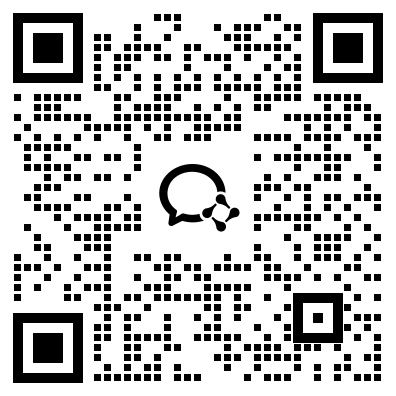
 资料下载
资料下载
2014年-2025年考研历年真题汇总
发布时间:2024-04-25扫码添加【考研班主任】
即可领取资料包
考研大纲PDF电子版下载-历年(附解析)
发布时间:2024-04-25扫码添加【考研班主任】
即可领取资料包
2026年考研政数英备考资料zip压缩包
发布时间:2024-04-25扫码添加【考研班主任】
即可领取资料包
考研英语大纲词汇5500打印版(基础必备)
发布时间:2024-04-25扫码添加【考研班主任】
即可领取资料包
新东方在线考试模拟题【12套】
发布时间:2024-04-25扫码添加【考研班主任】
即可领取资料包
2026年考研专业课知识点总结
发布时间:2024-04-25扫码添加【考研班主任】
即可领取资料包
新东方考研资料下载地址
发布时间:2023-05-17新东方在线考研资料合集
下载方式:微信扫码,获取网盘链接
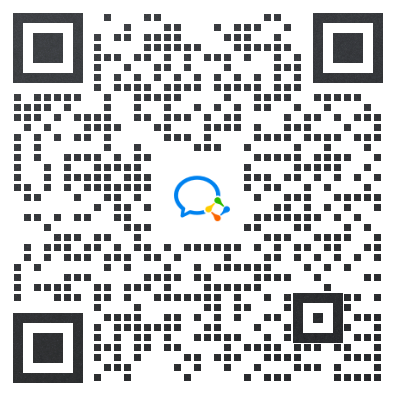
目录:
1.2013-2023年近10年政数英真题及解析PDF版(新东方)
2.2013-2023年专业课考试历年真题及解析PDF版
3.24考研复习备考资料大合集:大纲+备考资料+词汇书+考前押题+自命题
资料介绍:
1.2013-2023年近10年政数英真题及解析PDF版(新东方)
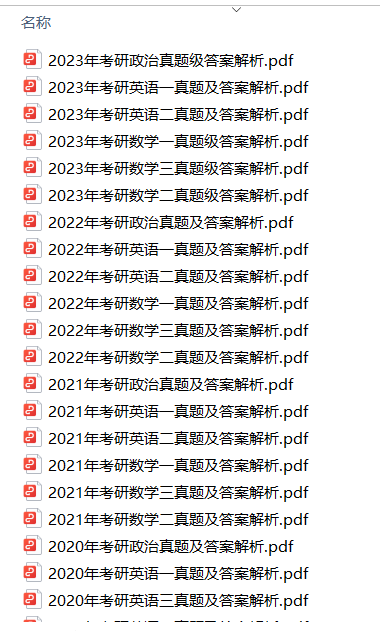 、
、
2.2013-2023年专业课考试历年真题及解析PDF版

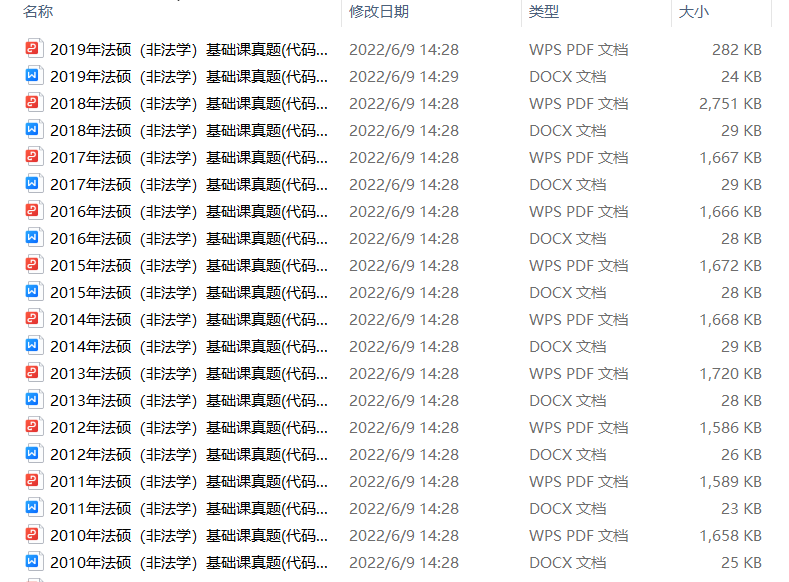
3.24考研复习备考资料大合集
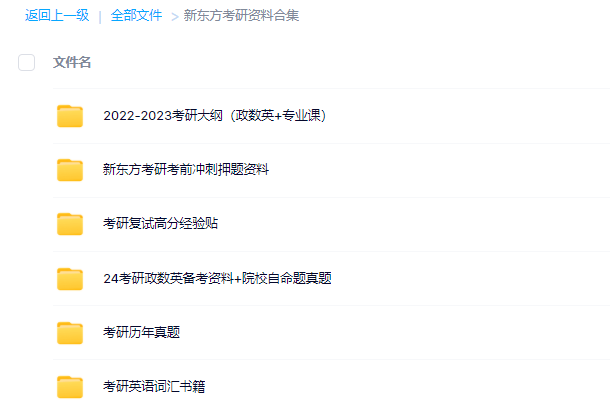
3.24考研复习备考资料:考研大纲
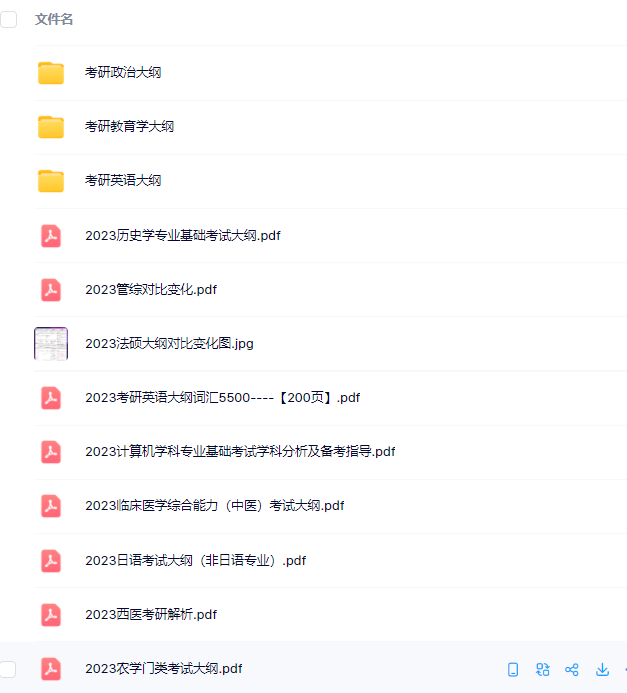
3.24考研复习备考资料:政数英备考资料+自命题真题
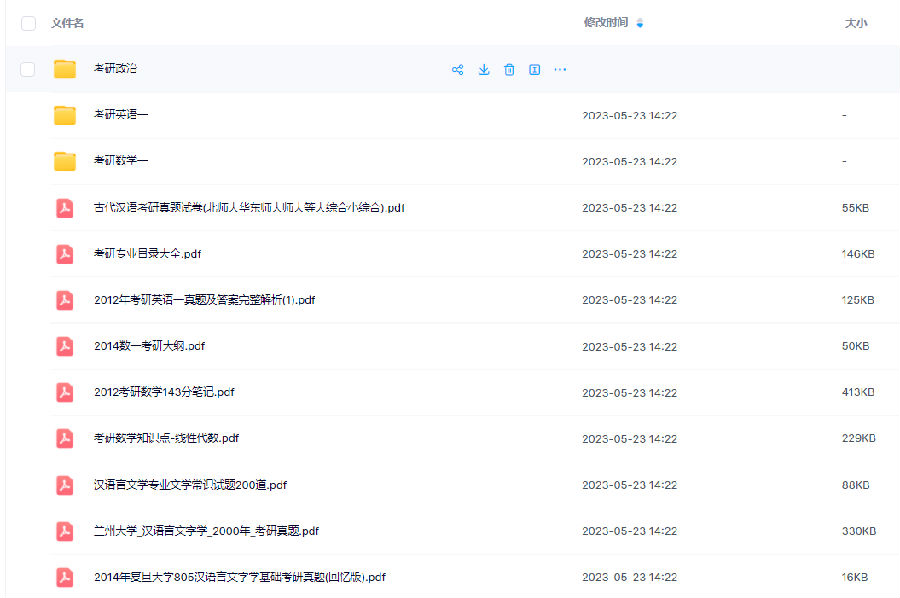
------------------
考研备考过程中,尤其是专业课部分,参考往年的考试真题,对于我们的复习有更好的帮助。北京大学考研真题资料都有哪些?小编为大家进行了汇总。
北京大学考研真题资料-公共课
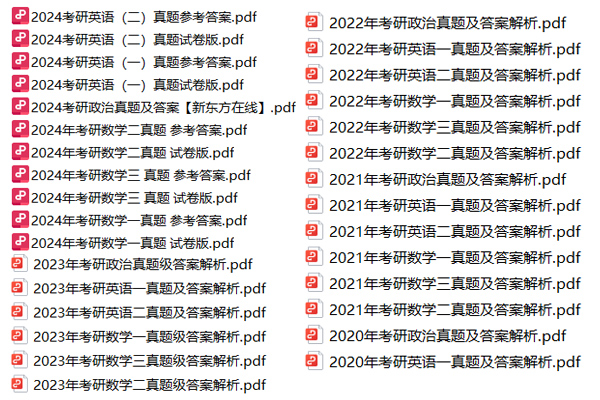
北京大学考研真题资料-专业课


以上就是关于“北京大学考研真题资料下载(历年汇总)”的整理,更多考研资料下载,请关注微信获取下载地址。
2024考研公共课必背知识点汇总
发布时间:2023-01-03扫码添加【考研班主任】
即可领取资料包
2013-2023考研历年真题汇总
发布时间:2023-01-03扫码添加【考研班主任】
即可领取资料包
考研英语大纲词汇(PDF可打印)
发布时间:2023-01-03扫码添加【考研班主任】
即可领取资料包
2024考研专业课知识点总结
发布时间:2023-01-03扫码添加【考研班主任】
即可领取资料包
2023考研政治 内部押题 PDF
发布时间:2022-11-16扫码添加【考研班主任】
即可领取资料包
徐涛:23考研预测六套卷
发布时间:2022-11-16扫码添加【考研班主任】
即可领取资料包
考研政数英冲刺资料最新整理
发布时间:2022-11-16扫码添加【考研班主任】
即可领取资料包
23考研答题卡模板打印版
发布时间:2022-11-16扫码添加【考研班主任】
即可领取资料包
2023考研大纲词汇5500PDF电子版
发布时间:2022-07-28扫码添加【考研班主任】
即可领取资料包
考研历年真题(公共课+专业课)
发布时间:2022-07-28扫码添加【考研班主任】
即可领取资料包
考研英语阅读100篇附解析及答案
发布时间:2022-01-07扫码添加【考研班主任】
即可领取资料包
新东方考研学霸笔记整理(打印版)
发布时间:2022-01-07扫码添加【考研班主任】
即可领取资料包
2001-2021年考研英语真题答案(可打印版)
发布时间:2022-01-07扫码添加【考研班主任】
即可领取资料包
考研英语词汇5500(完整版下载)
发布时间:2022-01-07扫码添加【考研班主任】
即可领取资料包
2022考研政审表模板精选10套
发布时间:2022-01-07扫码添加【考研班主任】
即可领取资料包
历年考研真题及答案 下载
发布时间:2021-12-09扫码添加【考研班主任】
即可领取资料包
考研政审表模板汇总
发布时间:2020-06-17扫码添加【考研班主任】
即可领取资料包
近5年考研英语真题汇总
发布时间:2020-06-17扫码添加【考研班主任】
即可领取资料包
考研英语大纲词汇5500
发布时间:2020-06-17扫码添加【考研班主任】
即可领取资料包
2022考研12大学科专业排名汇总
发布时间:2019-11-21扫码添加【考研班主任】
即可领取资料包
2023考研政治复习备考资料【珍藏版】
发布时间:2019-11-21扫码添加【考研班主任】
即可领取资料包
考研英语万能模板+必备词汇+范文
发布时间:2019-11-21扫码添加【考研班主任】
即可领取资料包
考研数学一、二、三历年真题整理
发布时间:2019-11-21扫码添加【考研班主任】
即可领取资料包

添加班主任领资料
添加考研班主任
免费领取考研历年真题等复习干货资料
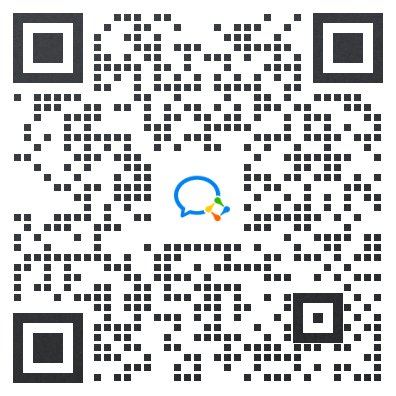
 推荐阅读
推荐阅读
为了让考研的同学更高效地复习考研英语,新东方在线考研频道整理了“英语二考研核心词汇汇总”,考研的同学可以了解一下,希望对大家有所帮助。
来源 : 网络 2025-08-18 08:15:00 关键字 :
为了让考研的同学更高效地复习考研英语,新东方在线考研频道整理了“掌握考研英语必备词汇与句型”,考研的同学可以了解一下,希望对大家有所帮助。
来源 : 网络 2025-08-18 08:15:00 关键字 :
为了让考研的同学更高效地复习考研英语,新东方在线考研频道整理了“提升考研英语成绩的第一步:夯实基础词汇”,考研的同学可以了解一下,希望对大家有所帮助。
来源 : 网络 2025-08-18 08:15:00 关键字 :
为了让考研的同学更高效地复习考研英语,新东方在线考研频道整理了“高效记忆考研核心词汇的方法”,考研的同学可以了解一下,希望对大家有所帮助。
来源 : 网络 2025-08-15 08:06:00 关键字 :
为了让考研的同学更高效地复习考研英语,新东方在线考研频道整理了“考研英语二中常见的时间副词有哪些?”,考研的同学可以了解一下,希望对大家有所帮助。
来源 : 网络 2025-08-15 08:06:00 关键字 :

 资料下载
资料下载
扫码添加【考研班主任】
即可领取资料包
扫码添加【考研班主任】
即可领取资料包
扫码添加【考研班主任】
即可领取资料包
扫码添加【考研班主任】
即可领取资料包
扫码添加【考研班主任】
即可领取资料包
扫码添加【考研班主任】
即可领取资料包
新东方在线考研资料合集
下载方式:微信扫码,获取网盘链接

目录:
1.2013-2023年近10年政数英真题及解析PDF版(新东方)
2.2013-2023年专业课考试历年真题及解析PDF版
3.24考研复习备考资料大合集:大纲+备考资料+词汇书+考前押题+自命题
资料介绍:
1.2013-2023年近10年政数英真题及解析PDF版(新东方)
 、
、
2.2013-2023年专业课考试历年真题及解析PDF版


3.24考研复习备考资料大合集

3.24考研复习备考资料:考研大纲

3.24考研复习备考资料:政数英备考资料+自命题真题

------------------
考研备考过程中,尤其是专业课部分,参考往年的考试真题,对于我们的复习有更好的帮助。北京大学考研真题资料都有哪些?小编为大家进行了汇总。
北京大学考研真题资料-公共课

北京大学考研真题资料-专业课


以上就是关于“北京大学考研真题资料下载(历年汇总)”的整理,更多考研资料下载,请关注微信获取下载地址。
扫码添加【考研班主任】
即可领取资料包
扫码添加【考研班主任】
即可领取资料包
扫码添加【考研班主任】
即可领取资料包
扫码添加【考研班主任】
即可领取资料包
扫码添加【考研班主任】
即可领取资料包
扫码添加【考研班主任】
即可领取资料包
扫码添加【考研班主任】
即可领取资料包
扫码添加【考研班主任】
即可领取资料包
扫码添加【考研班主任】
即可领取资料包
扫码添加【考研班主任】
即可领取资料包
扫码添加【考研班主任】
即可领取资料包
扫码添加【考研班主任】
即可领取资料包
扫码添加【考研班主任】
即可领取资料包
扫码添加【考研班主任】
即可领取资料包
扫码添加【考研班主任】
即可领取资料包
扫码添加【考研班主任】
即可领取资料包
扫码添加【考研班主任】
即可领取资料包
扫码添加【考研班主任】
即可领取资料包
扫码添加【考研班主任】
即可领取资料包
扫码添加【考研班主任】
即可领取资料包
扫码添加【考研班主任】
即可领取资料包
扫码添加【考研班主任】
即可领取资料包
扫码添加【考研班主任】
即可领取资料包

 阅读排行榜
阅读排行榜
 相关内容
相关内容